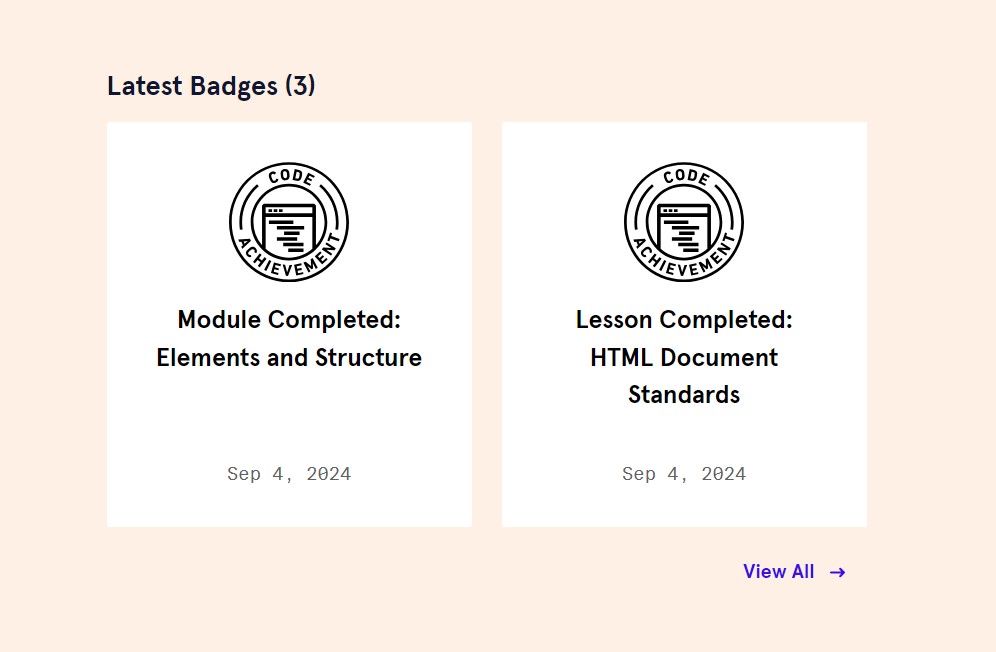
Structure content can be defined as content that has been preplanned to be placed within an interface, whereas semantic HTML is a way to communicate important information about connections between elements.
When designed well, they work together by being more legible to readers while simultaneously being better optimised for algorithms.
It is important to have a this combination of these because, as a designer, you should set out to make a site that provides the end user with all the information in a readable way, while also providing search algorithms the information they need to show your site to the right users.
Here is a list of 3 websites that are similar to my semester project idea:
These listed sites all provide a similar experience to what I hope to achieve, but they are all separated into singularly focused media formats. I would like to create a hub where the user could track all of these things in the same place.
For me, the "Learn from the master" tactic would likely be the best strategy. I believe that even though I can sometimes be a harsher critic of my work than I should be, it typically comes from the idea that there is always more to learn about any particular thing.
"Hyperbolic discounting" is described by McRaney as "The tendency to get more rational when you are forced to wait". McRaney mentions writing yourself notes and filling out schedules as a way to counteract this, and I believe this method is the one that would most work for me, as this is already how I keep track of my day to day responsibilities.